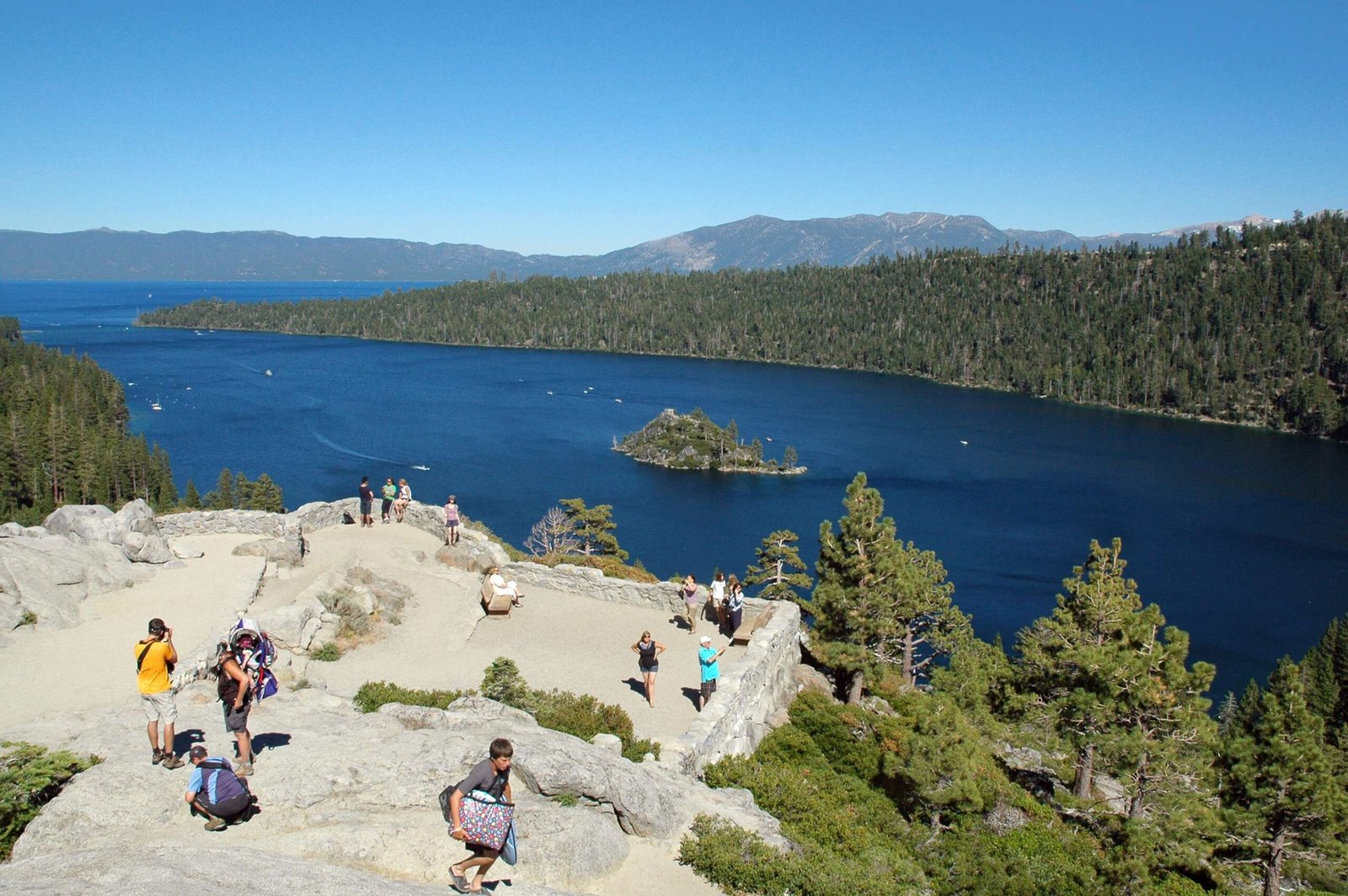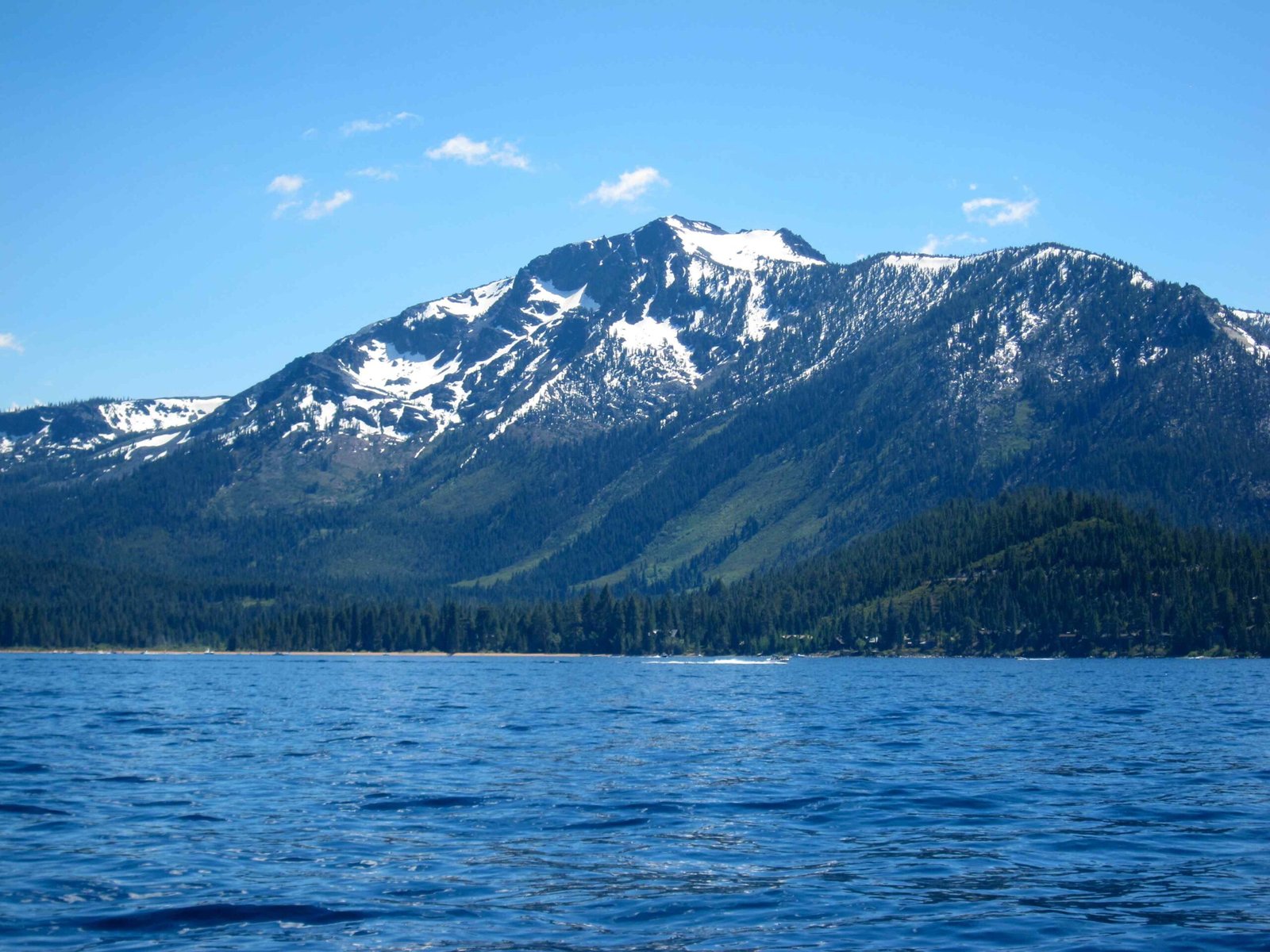Lake Tahoe’s snow patterns are complex and dynamic, revealing a fascinating seasonal transformation. While the region experiences substantial snowfall during winter months, it does not maintain snow year-round. The area typically sees significant snow from November through May, with peak accumulation in December through March, creating a winter wonderland that attracts skiing and snowboarding enthusiasts from around the world.
What Months Provide Snow at Lake Tahoe?

Lake Tahoe’s snow calendar presents a fascinating seasonal progression. Here’s a detailed breakdown of snow expectations:
When Does Snow First Appear?
- November: First substantial snowfalls begin
- Average Initial Snowfall: 49.7 inches
- Ski Resort Openings: Typically start in late November
Peak Snow Months
| Month | Average Snowfall | Characteristics |
|---|---|---|
| December | 75 inches | Early winter peak |
| January | 68 inches | Mid-winter consistency |
| February | 72 inches | Steady snowfall |
| March | 74 inches | Highest snowfall month |
How Long Does Snow Persist?
Snow at Lake Tahoe follows a predictable pattern:
- Early Season: November-December
- Peak Season: January-March
- Late Season: April-May
- Snow-Free Period: June-September
What Factors Influence Lake Tahoe’s Snow Patterns?

Elevation and Geographic Considerations
Lake Tahoe’s unique topography significantly impacts snow distribution:
- Elevation Range: 6,225-6,945 feet above sea level
- Mountain Proximity: Surrounding Sierra Nevada mountains enhance snowfall
- Microclimate Effects: Local terrain creates varied snow conditions
Annual Snowfall Variations
- Average Annual Snowfall: 250-300 inches
- Record Years: Can exceed 400 inches
- Variability: Depends on climate conditions and atmospheric patterns
Can Visitors Enjoy Snow Activities Throughout the Year?
Winter Sports Opportunities
While continuous year-round snow isn’t guaranteed, winter sports enthusiasts can expect:
- Skiing: November-April
- Snowboarding: Peak season December-March
- Snowshoeing: Extended season possible
- Sledding: Concentrated in primary winter months
Unique Snow Characteristics at Lake Tahoe
Snow Quality and Consistency
- Snow Density: Typically light and powdery
- Average Snow Depth: 52-75 inches during peak season
- Temperature Range: 20-35°F during primary snow months
Practical Visitor Recommendations
Best Times to Experience Snow
- Ideal Months: December-March
- Budget-Friendly Period: Early December or late March
- Peak Crowds: January-February weekends
Preparation Tips
- Check current snow reports
- Bring appropriate winter gear
- Consider flexible travel dates
- Book accommodations in advance
Conclusion
Lake Tahoe does not have snow year-round, but offers an extraordinary winter experience with predictable and abundant snowfall. The region provides a magical snow-covered landscape from November through May, with peak conditions in the heart of winter.

